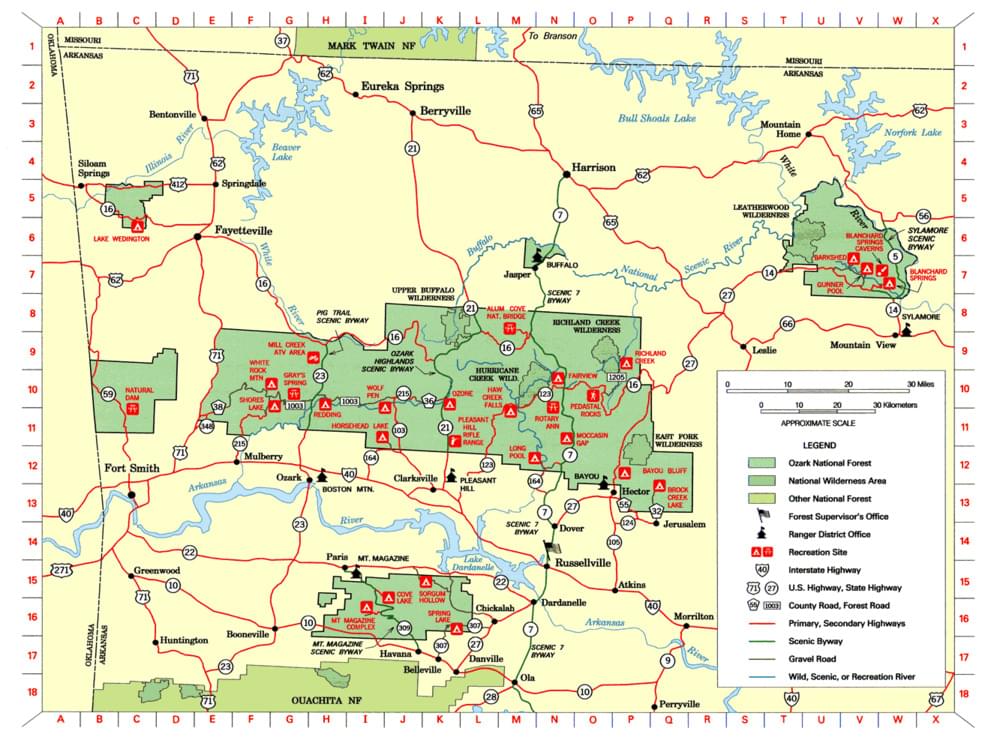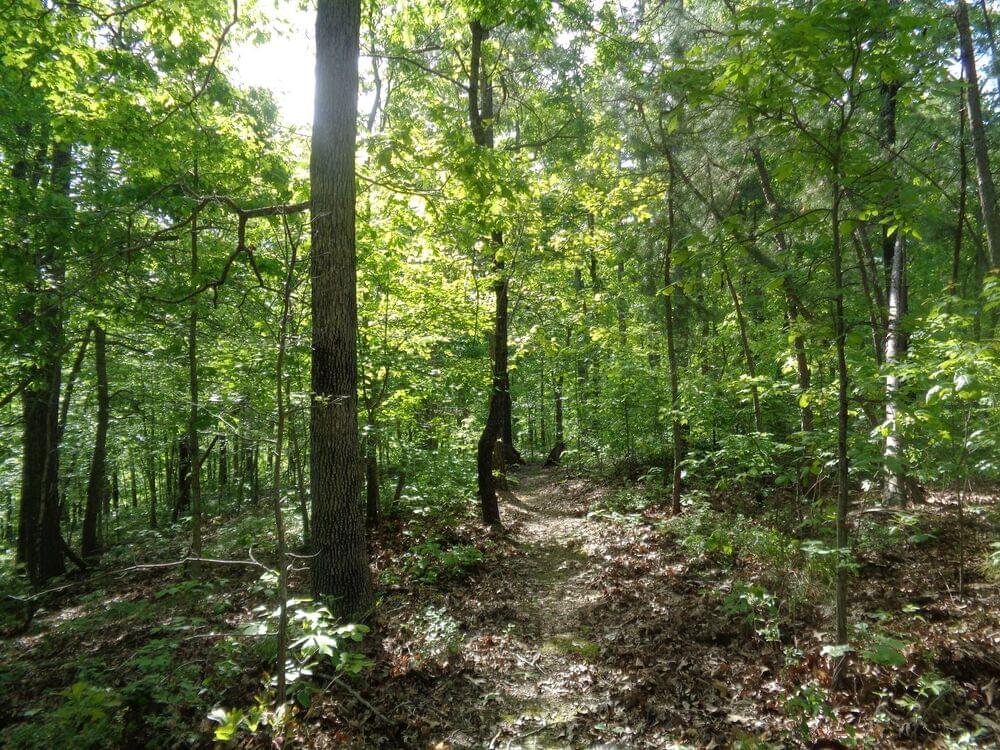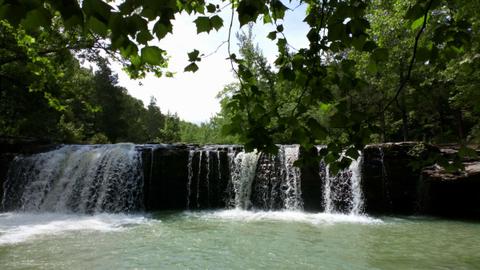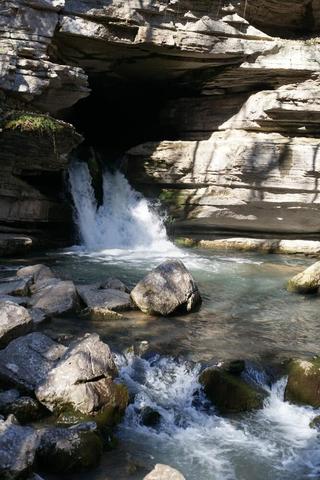
Ozark National Forest (Main Division)
Ozark National Forest (Main Division)
Ozark-St. Francis National Forest website
Ozark-St. Francis National Forest maps
Birds of Interest
Ozark National Forest is a significant source site for a wide variety of interior forest birds from Yellow-billed Cuckoos to Worm-eating Warblers. The forest supports more than 1% of the state's population of 14 species including Acadian Flycatcher, Wood Thrush, Cerulean Warbler, Black-throated Green Warbler, and Chestnut-sided Warbler. Future forest management will provide habitat for woodland and savannah species such as Brown-headed Nuthatch, Bachman's Sparrow and Painted Bunting.
About this Location
The southernmost portion runs along the Arkansas River Valley south to the Ouachita Mountains. The northern boundary extends beyond Lone Rock to Matney Mountain in Stone County. On the west the forest patchwork touches Oklahoma. The Main Division contains 3 ranger districts (Big Piney, Boston Mountain, and Pleasant Hill), 4 Wilderness Areas (Richland Creek, Hurricane Creek, Upper Buffalo, and East Fork), 4 Wild & Scenic Rivers (Big Piney Creek, Hurricane Creek, Buffalo River, and Mulberry River), 5 Scenic Byways (Ozark Highlands, Pig Trail, Highway 123, Mulberry River Road and Scenic 7), and 3 State Wildlife Management Areas (White Rock, Piney Creeks, and Ozark National Forest). Six endangered species and 5 threatened species live in the IBA. Diverse flora in the region include more than 500 species of trees and woody plants. Hardwoods occupy 72 percent of the forests; the oak-hickory types dominate.
Ozark National Forest is managed for multiple uses including both consumptive and nonconsumptive commercial and recreational activities. Recreational activities include hiking, horseback riding, mountain biking, floating, kayaking, boating, camping, picnicking, swimming, hunting, fishing, wildlife watching, four-wheeler riding and photography.
Content from Official Website
Last updated November 28, 2023
 U.S. Forest Service
U.S. Forest Service

